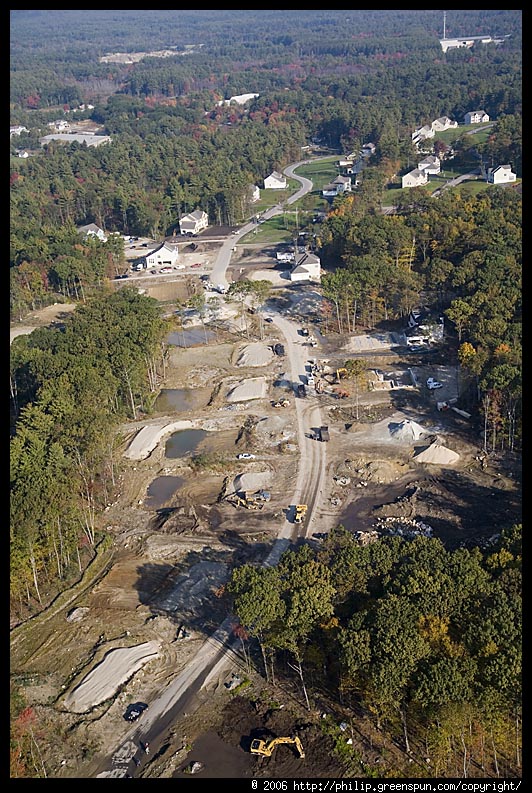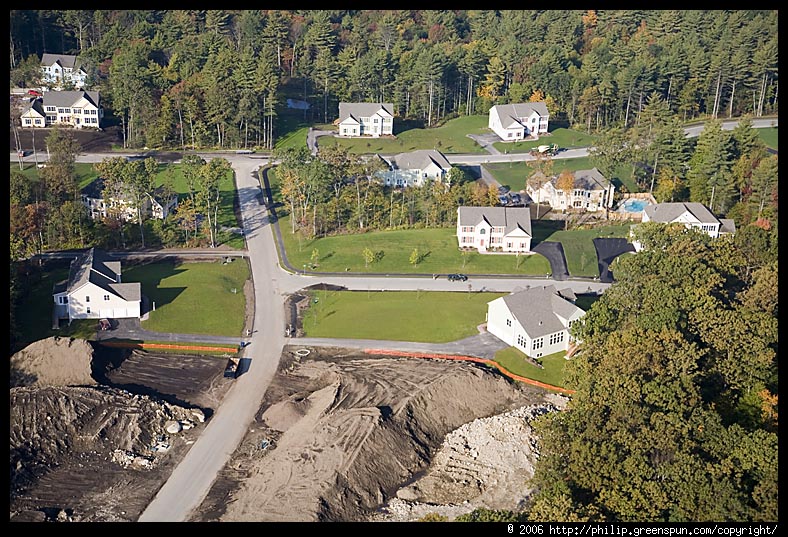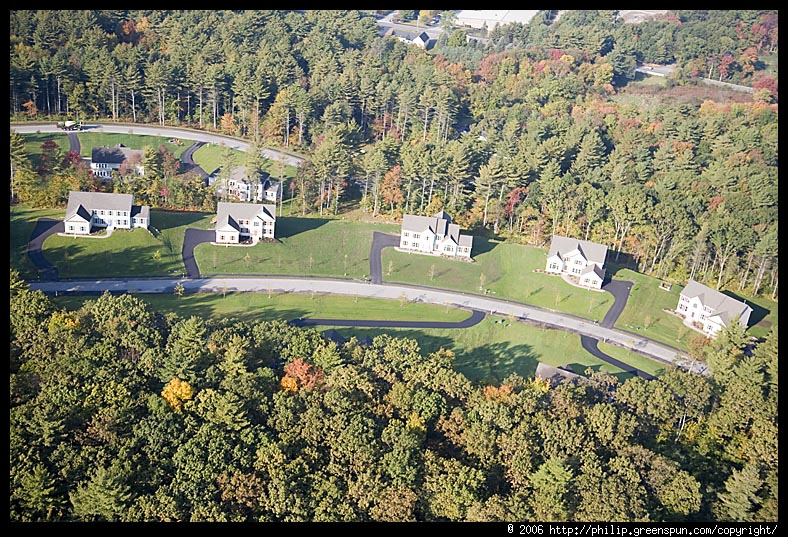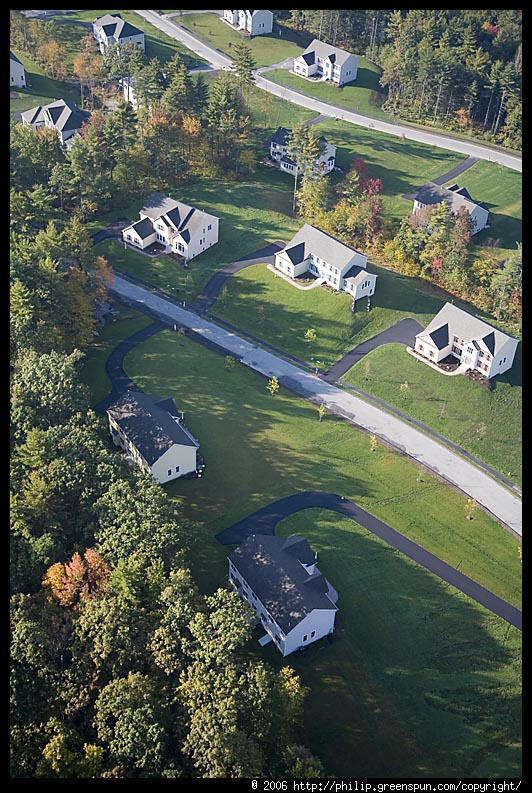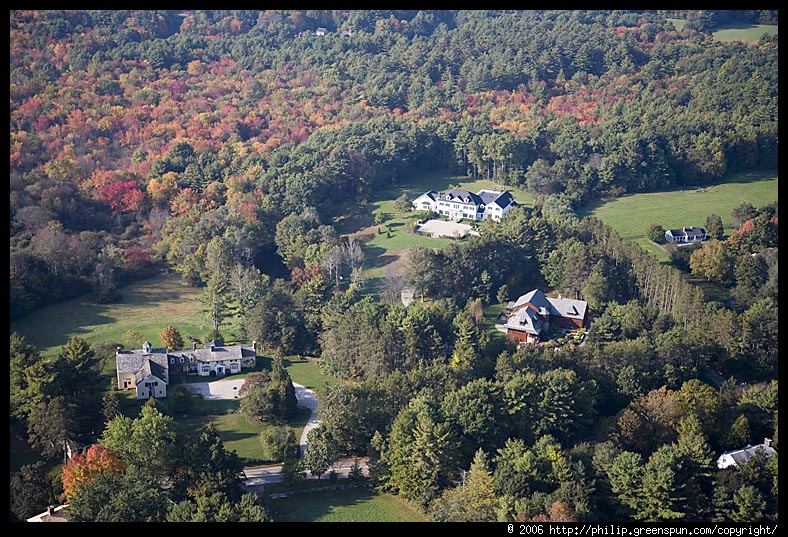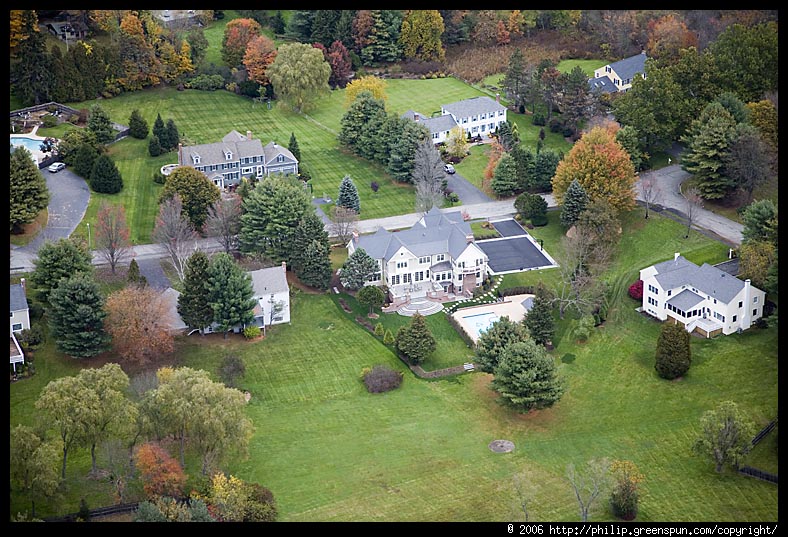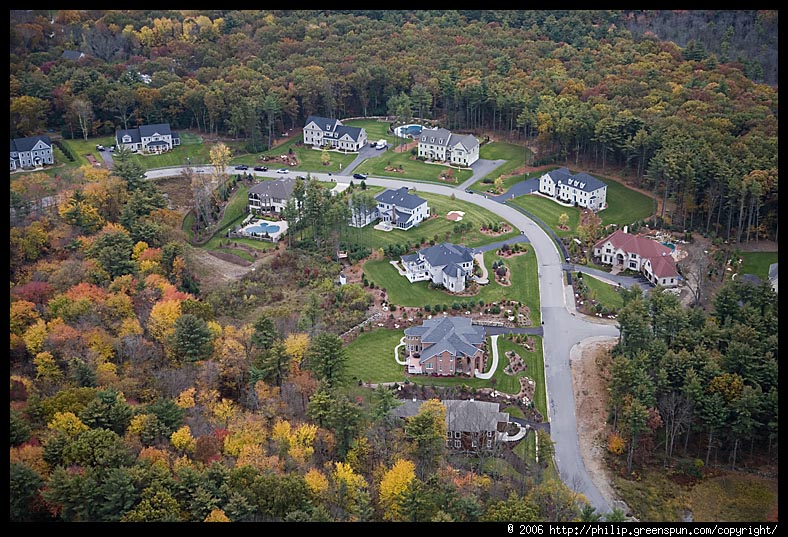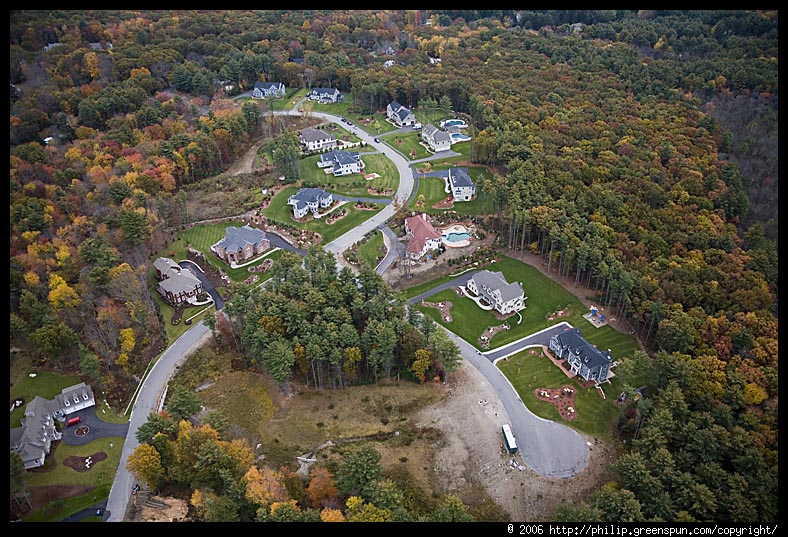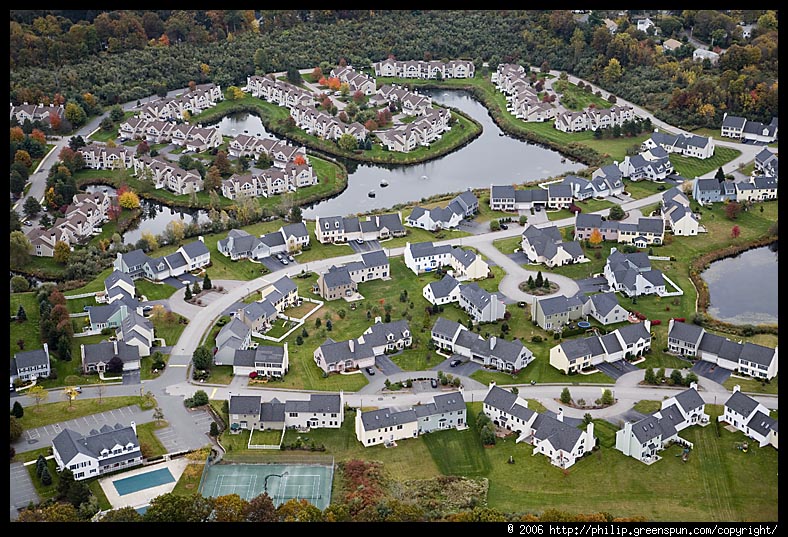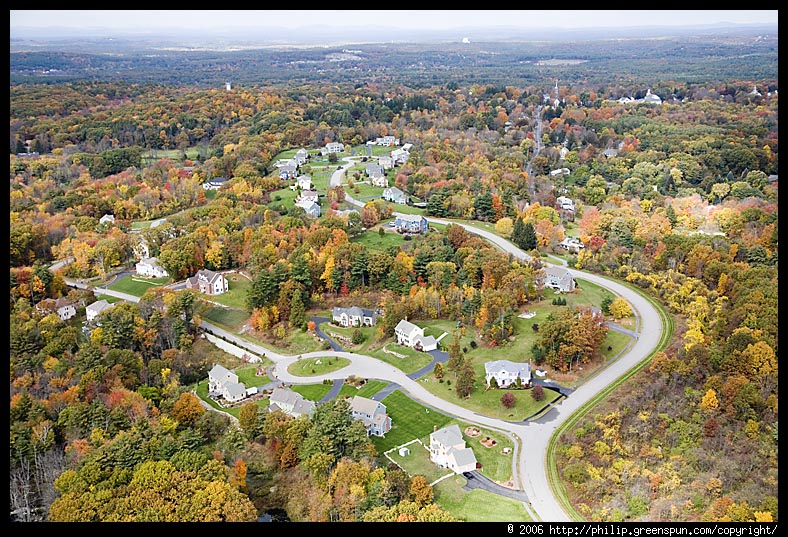Not to derail the thread too much but since I started lurking on the board I've wondered what kind of suburb Watertown is. I've lived there my whole life and I've always felt that it is not truly suburban. How would you guys compare it to other local suburbs?
You are using an out of date browser. It may not display this or other websites correctly.
You should upgrade or use an alternative browser.
You should upgrade or use an alternative browser.
Suburban Boston
- Thread starter riffgo
- Start date
Ron Newman
Senior Member
- Joined
- May 30, 2006
- Messages
- 8,395
- Reaction score
- 13
What do you mean by "not suburban"? I'd compare it to Arlington, Belmont (which was partly carved out of Watertown), and Newton.
underground
Senior Member
- Joined
- Jun 20, 2007
- Messages
- 2,390
- Reaction score
- 3
I think it's a little unfair to use Medway and Holliston as examples of greater Boston suburban density. Those two are seriously ex-urban (is that the phrase we're supposed to use now?). Although I'm not 100% familiar with every town within the 128 corridor, I'd say that they are all, more or less, as dense as they could be before we'd start to call them urban. Furthermore, there are a few towns in there, like Salem for one, that are really pushing what you'd define as suburban/urban (I'd lean towards urban). Now, getting out towards 495 where Holliston and Medway are, sure, things drop off quite a bit. But even then we have a few pockets of urban density in places like Lowell, Lawrence, Framingham, and Brockton.
Of course, this entire debate is pretty easily answered if we had some good density data. I'll see if I can dig up some good info on the Google.
Of course, this entire debate is pretty easily answered if we had some good density data. I'll see if I can dig up some good info on the Google.
Last edited:
underground
Senior Member
- Joined
- Jun 20, 2007
- Messages
- 2,390
- Reaction score
- 3
Okay, here are the quick and dirty Wikipedia numbers (these are CSA numbers which is a debate for another time):
Metro Boston: 4,411,835 people in 4,674 sq. miles for a density of 944 people per sq. mile.
Metro LA: 17,755,322 people in 4,850 sq. miles for a density of 3,661 people per sq. mile.
So, Metro LA is about 4 times denser over all than Boston? I've never been to LA so I can't comment on the "feel" but maybe other people can say whether or not that sounds about right.
Metro Boston: 4,411,835 people in 4,674 sq. miles for a density of 944 people per sq. mile.
Metro LA: 17,755,322 people in 4,850 sq. miles for a density of 3,661 people per sq. mile.
So, Metro LA is about 4 times denser over all than Boston? I've never been to LA so I can't comment on the "feel" but maybe other people can say whether or not that sounds about right.
commuter guy
Active Member
- Joined
- Feb 1, 2007
- Messages
- 894
- Reaction score
- 130
LA and many sun belt cities have horrific amounts of suburban sprawl but the sprawl is not hyper low density sprawl. You would be hard pressed to find suburban development occurring at 1,000 people per sq. mile in those places. In the far flung booming suburban belt of Boston where new residential construction is occurring i.e. Hopkington, Medway etc. you will find a cul de sac stuck here and there filled with very large lot McMansion type homes. Nearly every new lot is over 20,000 sq. ft and most are close to or in excess of 44,000 sq. ft. (1 acre) These towns will never reach the density of older cities with much older housing stock such as Watertown, Newton, Arlington or even Braintree etc. They probably will never even reach a population density of 2,000 people per sq. mile under current building trends. In LA or even Omaha your lucky if your new home is on 10,000 sq. ft. In Omaha the typical new construction lot is probably around 7,000 sq. ft. (maybe comparable to Melrose?) In LA its more compact. In the sunbelt subdivsion development is very developer friendly and performed on a very large scale. In the Boston area, there is lack of available large land parcels which would allow these types of subdivisions. Further strong local control results in the locals not permitting this type of large scale suburban developement for better or worse.
Land use patterns in New England are good for keeping that woodsy semi village /suburban feel, but probably bad for sprawl/land consumption overall and all those homebuyers looking to move into a cheap piece of suburban shlock with 2,000 sq. ft of living space and an attacked 2 car garage. That is the american dream if you live in Dallas or Phoenix and its very attainable.
Land use patterns in New England are good for keeping that woodsy semi village /suburban feel, but probably bad for sprawl/land consumption overall and all those homebuyers looking to move into a cheap piece of suburban shlock with 2,000 sq. ft of living space and an attacked 2 car garage. That is the american dream if you live in Dallas or Phoenix and its very attainable.
belmont square
Active Member
- Joined
- Jun 19, 2006
- Messages
- 365
- Reaction score
- 0
Another factor that's less signficant than those listed by commuter guy is that beyond the suburban edge of metro Boston there is an uninterupted sea of pre-existing communities. When someone gets priced out of a town on Boston's far exurban edge (say Mendon), they can simply move to Uxbridge. For reasons cited above, their home could be in a small three house cul de sac, or even a standalone new home fronting an old street. Their commute will be longer, but its not like they are moving into an uninhabited wilderness. A centuries-old town center and an existing community life awaits them.
In exurban LA, if you get priced out of Lancaster or Redlands (God forbid), you very quickly find yourself pushing into a very lonely and barren world with no neighbors or pre-existing services. Housing develoment (at least for those who are not rugged individualists) can only happen at a large scale due to the lack of roads, water access, and schools beyond the exurban frontier.
In exurban LA, if you get priced out of Lancaster or Redlands (God forbid), you very quickly find yourself pushing into a very lonely and barren world with no neighbors or pre-existing services. Housing develoment (at least for those who are not rugged individualists) can only happen at a large scale due to the lack of roads, water access, and schools beyond the exurban frontier.
Boston02124
Senior Member
- Joined
- Sep 6, 2007
- Messages
- 6,893
- Reaction score
- 6,639
I've worked in watertown for the last 20 years it's suburban with a slight city edgeNot to derail the thread too much but since I started lurking on the board I've wondered what kind of suburb Watertown is. I've lived there my whole life and I've always felt that it is not truly suburban. How would you guys compare it to other local suburbs?
I think it would be an eye opener if any of you would dig out an old road map, even from as recently as the 1970s, to see what is defined (in yellow) as an urban core.
I had one... somewhere.
Towns many of you would consider suburban, bedroom communities of the present were considered urban cores by their population density definitions for that time. Though I recall they were defined much the same as they are now.
I had one... somewhere.
Towns many of you would consider suburban, bedroom communities of the present were considered urban cores by their population density definitions for that time. Though I recall they were defined much the same as they are now.
- Joined
- May 25, 2006
- Messages
- 7,033
- Reaction score
- 1,865
The Horror.... the horror.
The land use patterns in Greater Boston (and New England as a whole) are also, in large part, responsible for the high cost of housing here. The large minimum-lot-size zoning in many Massachusetts towns guarantees that the only new housing construction consists of huge McMansions, beyond the reach of many buyers. As a result, households move further and further out from the core in search of more affordable options -- a phenomenon that's been called "driving till you qualify." All residents of the region pay for that prized New England "woodsiness" through higher housing prices, longer commutes, and sprawl. Is it worth it?
I think we should definitely protect ecologically-sensitive and historic areas. But in the process of protecting that "small town" feeling, we've turned the entire eastern half of our state into one huge, very low-density suburb -- destroying the authentic New England landscape we originally sought to preserve.
I think we should definitely protect ecologically-sensitive and historic areas. But in the process of protecting that "small town" feeling, we've turned the entire eastern half of our state into one huge, very low-density suburb -- destroying the authentic New England landscape we originally sought to preserve.
czsz
Senior Member
- Joined
- Jan 12, 2007
- Messages
- 6,043
- Reaction score
- 7
Exactly, aws. And it doesn't help that the few places that can't "kill the forest by saving it", eastern Mass.' cities, are so preoccupied with maintaining the "character" of their communities that they won't allow more growth.
Everyone is in denial about the need for new housing. Everyone is in denial about the planning consequences of necessary population and economic growth. They're all living in an illusion that they can have it all - a robust state that still looks like a lithograph from the 19th century.
Everyone is in denial about the need for new housing. Everyone is in denial about the planning consequences of necessary population and economic growth. They're all living in an illusion that they can have it all - a robust state that still looks like a lithograph from the 19th century.
Scott
Senior Member
- Joined
- May 25, 2006
- Messages
- 1,150
- Reaction score
- 635
Urban housing is not desirable to all people and the people who do live in the city are generally overhoused in units that used to shelter whole families. That is why Boston's population grows at a snails pace. So I would say that alot of the development you see in the city is just sprawl and as authentic as the suburban gentlemen's farm. We must build bigger and bigger and more and more to house less people- the true definition of sprawl.
kennedy
Senior Member
- Joined
- Feb 12, 2007
- Messages
- 2,820
- Reaction score
- 7
The simple explanation of sprawl has a lot to do with the mortgage crisis: people who don't have a lot of money, tricked themselves into thinking they could afford "McMansions" in the woods, far off from valuable land (in the city/on the water). This leads to bad development farther and farther out from the metro areas, where development should be happening.
The solution? Convinve people to move into the more urban areas, even smaller cities, such as like Lowell, Salem, and Worcester. Unfortunately it will be awhile before the majority of Americans give up the 1950s American dream of a large green yard, white picket fence, on a quiet neighborhood street.
The solution? Convinve people to move into the more urban areas, even smaller cities, such as like Lowell, Salem, and Worcester. Unfortunately it will be awhile before the majority of Americans give up the 1950s American dream of a large green yard, white picket fence, on a quiet neighborhood street.
Unfortunately it will be awhile before the majority of Americans give up the 1950s American dream of a large green yard, white picket fence, on a quiet neighborhood street.
The future is brighter than you think. More and more people in their 20s and 30s today really enjoy living in cities and are doing so more and more. They are living in neighborhoods and cities that were once fled from and neglected by their parents' generation. Somerville is a great example. These young people want to stay in cities. They realize that density is good, driving to work sucks (walking, bicycling, and transit is preferrable), and there is far more "life" in cities than the suburbs. They would rather get out and interact with humanity than have everything they need in a giant house isolated from everyone else. As far as I can tell, they want to stay in these urban areas and raise a family. I recently read that the South End is having a boom of families, and now we're seeing "stroller rage" on the sidewalks!
kennedy
Senior Member
- Joined
- Feb 12, 2007
- Messages
- 2,820
- Reaction score
- 7
Good news, but there are still many pseudo-hedge-fund types who would rather make the commute in their BMW, than live in the city. Hopefully, though, the generation that is making families now will move into more and more urban areas.
Note: as a byproduct, urban schools will be vastly improved.
Note: as a byproduct, urban schools will be vastly improved.
commuter guy
Active Member
- Joined
- Feb 1, 2007
- Messages
- 894
- Reaction score
- 130
IMO its not so much the the 1 acre lot that is luring families with kids out of urban areas but it is reputation of the schools in the cities. Many families in the suburbs fondly recall their city living days but eventually moved out sacrificing adult amenities for the benefit of perceived better schools. If your living in Boston in a decent neighborhood its very difficult to land a seat in the neighborhood school up the street. All the neighbors kids on your block are going every which way to different schools wherever they can get a seat. The lack of neighborhood schools results in a lack of community cohesion compared to suburbs like brookline or Arlington. Reputation wise only a handful of Boston city schools are well regarded and they are difficult to get into. It is getting better very slowly and your right, the new generation seems more willing to stay and give it a try. But many are still leaving the city with at least some frustration regarding the school situation. Many more strollers are seen in city neighborhoods compared to 20 years ago, but unfortunately many of the middle class and upper middle class are still leaving when the kids get to be a bit older - grade school age. The wealthy can always stay and send kids to expensive private schools and many do.
Lastly, a significant amount of these people are heading back into the city as soon as the kids are out of the house
Lastly, a significant amount of these people are heading back into the city as soon as the kids are out of the house
Scott
Senior Member
- Joined
- May 25, 2006
- Messages
- 1,150
- Reaction score
- 635
Sadly, group-think seems to have destroyed any nuanced discussion on this forum.
btw-The November 30 edition of the Globe Magazine will feature the prominent forums and web sites pertaining to this city. JimboJones gets a plug and so does Adam over at Universal Hub but not us and I can understand why.
btw-The November 30 edition of the Globe Magazine will feature the prominent forums and web sites pertaining to this city. JimboJones gets a plug and so does Adam over at Universal Hub but not us and I can understand why.
commuter guy
Active Member
- Joined
- Feb 1, 2007
- Messages
- 894
- Reaction score
- 130
Urban housing is not desirable to all people and the people who do live in the city are generally overhoused in units that used to shelter whole families. That is why Boston's population grows at a snails pace. So I would say that alot of the development you see in the city is just sprawl and as authentic as the suburban gentlemen's farm. We must build bigger and bigger and more and more to house less people- the true definition of sprawl.
Its my understanding, that the overall the number of persons per household has stabilized over the past few years and is no longer decreasing. In recent decades, the number of persons per household unit was declining and that led to population loss in cities even while the number of housing units remained static. Overall this trend has stopped, although some of the wealthy central Boston neighborhoods may still be depopulating due to increased affluence and conversion of multifamily back to single families.
Also, in the last few years, the average square footage of new single family construction has slightly decreased for the first time in decades. In New England, however, the average square footage has continued to mushroom unabated.
Sprawl takes on many forms but from a purely land consumption point of view, New England is consuming much more land per person for new suburban development compared to other regions in the US.

